raydm6
Yay! Cameras! 🙈🙉🙊┌( ಠ_ಠ)┘ [◉"]
I was surprised to find out recently that Rodenstock manufactured lens glass for high-end CD transports. You may have one in your house.
I believe some of these transports were also used in Marantz, Revox and other players.
I own and still use a 1980's vintage Philips CD-880 CD player which is made in Belgium and is considered a well regarded player with the CDM-1 MKII transport & TDA1541A S1 DAC chip. The unit is over engineered and heavy - it weighs 22 1/2 lbs.
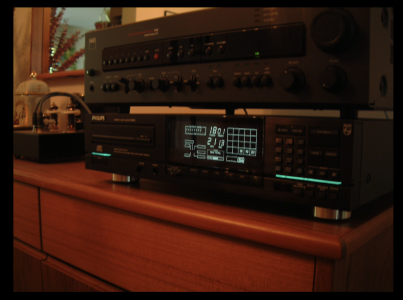
 www.dutchaudioclassics.nl
www.dutchaudioclassics.nl
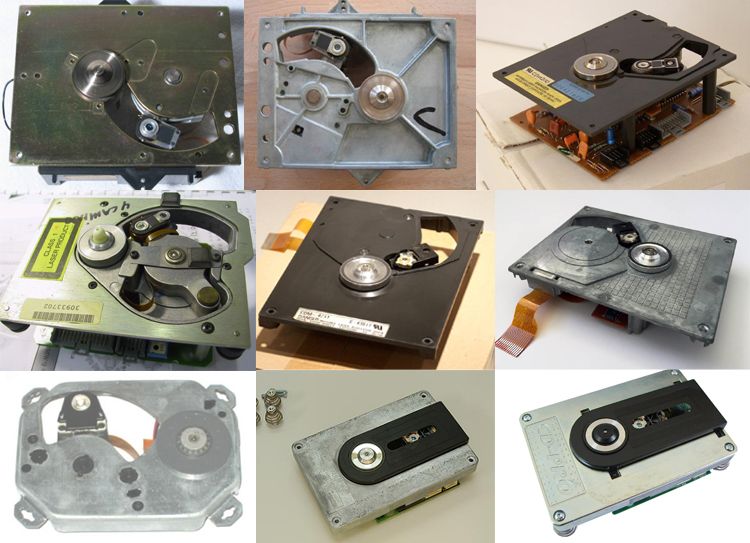
 www.hifi-advice.com
www.hifi-advice.com
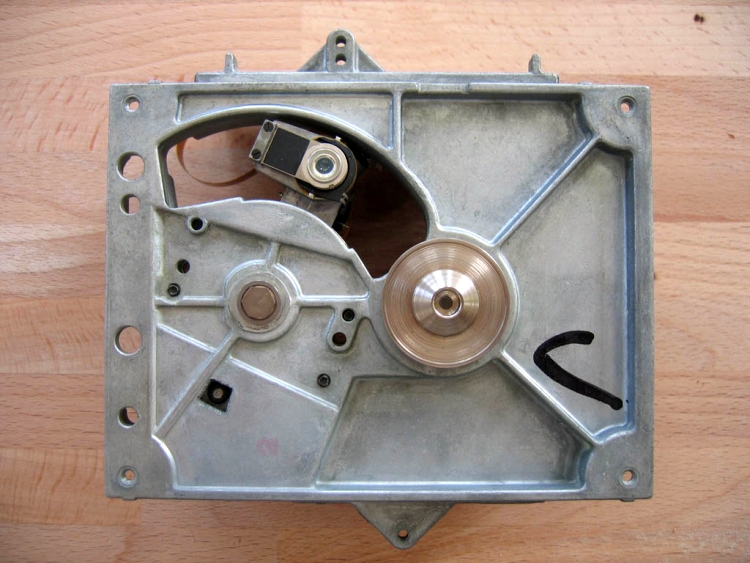
 www.hifi-advice.com
www.hifi-advice.com
 www.thevintageknob.org
www.thevintageknob.org
 www.dutchaudioclassics.nl
www.dutchaudioclassics.nl
I believe some of these transports were also used in Marantz, Revox and other players.
I own and still use a 1980's vintage Philips CD-880 CD player which is made in Belgium and is considered a well regarded player with the CDM-1 MKII transport & TDA1541A S1 DAC chip. The unit is over engineered and heavy - it weighs 22 1/2 lbs.

Rodenstock lens cdmechnism - DutchAudioClassics.nl - Information, specifications, photos and service manuals of Philips & Marantz TDA1541 cd players
DutchAudioClassics.nl - Photos and information of classic Marantz & Philips cd-players
Rodenstock
The pursuit of stable performance led to Philips' development of the single-beam swing arm system. Imposing a couterweight (balancing weight) on the side facing the optical lens block enables the system to adjust the weight distribution and move the optical system usigin relatively minimal power. It also facilitated increased structural precision and, perhaps even more importantly, allowed overall movement to be controlled using highly versatile analog servo circuitry.
CDs are irradiated with a 780nm red laser beam from the polycarbonate resin substrate side, and whether the digital data is "0" or "1" is determined by an increase or decrease in the reflection of the laser beam. Thus, extremely accurate optical technology (lens design, lens fabrication, special coatings, and precise assembly) is required for the small optical pickup block.
The company placed in charge of this was the respected German optical manufacturer Rodenstock. Philips has used extravagant glass-backed optical lens blocks designed by Rodenstock in all of their high-grade drive mechanisms beginning with the Philips CDM0.

The almost complete Philips CDM range of CD Mechanisms
Overview of all the Philips CD Mechanisms with links to detailed info pages.
 www.hifi-advice.com
www.hifi-advice.com

Philips CDM Mechanisms – Page 1 – CDM-0, CDM-1, CDM-2, CDM-3
Philips CDM Mechanisms - Page 1 - Detailed information about the CDM-0, CDM-1, CDM-2, CDM-3 Swing Arm Mechanisms.
 www.hifi-advice.com
www.hifi-advice.com
Philips CDM on thevintageknob.org
vintage Philips CDM CD drives : CDM-1, CDM0, CDM1 Mk2, CDM-3, CDM-4, CDM-4M, CDM-4MD
The evolution of the Philips CD mechanism - DutchAudioClassics.nl
DutchAudioClassics.nl - Photos and information of classic Marantz & Philips cd-players
Last edited:
santino
FSU gear head
Thanks for the info! I‘m a big fan of Marantz Cd players and will check, what mechanism mine has (I know that it’s a Philips).
Bob Michaels
nobody special
Rodenstock Optical was the first to use modern day computers for lens design. Beginning around 1975 (can't remember exactly) they used MODCOMP IV computers running the new 16 bit MAX IV operating system. These were developed and manufactured by Modular Computer Systems in Ft. Lauderdale, Florida. Back in those days, these minicomputers were 2 meters tall, had 16K of core memory, costs about $100,000 and were less powerful than today's smart phones.
KoNickon
Nick Merritt
I'm chuckling here -- the very discussion of CD players kind of dates us, doesn't it? Well, I don't care!
raydm6
Yay! Cameras! 🙈🙉🙊┌( ಠ_ಠ)┘ [◉"]
Don't laugh but RadioShack may be coming back to the US.I'm chuckling here -- the very discussion of CD players kind of dates us, doesn't it? Well, I don't care!

RadioShack’s New Owner Plots Old Comeback Strategy - RetailWire
RadioShack has been acquired by El Salvador-based Unicomer Group. Where do you see the opportunity for RadioShack to reestablish its retail relevance?
retailwire.com
KoNickon
Nick Merritt
Great if true -- they were always the go-to place for obscure watch and camera batteries.Don't laugh but RadioShack may be coming back to the US.

RadioShack’s New Owner Plots Old Comeback Strategy - RetailWire
RadioShack has been acquired by El Salvador-based Unicomer Group. Where do you see the opportunity for RadioShack to reestablish its retail relevance?retailwire.com
The Spastic Image
Established
The Philips CDM-0 and 1 sure do have Rodenstock optics. Those were the units which were long life, and had such durable transport mechanisms. The USA official launch was at Miller's department store in Knoxville, TN, then the headquarters for Magnavox then owned by Philips. I attended this.
JoeV
Thin Air, Bright Sun
I was trained to service CD players in the 1980s. While Japanese brands like Sony typically used two parallel rods for the optical assembly to ride on, and the assembly was driven from only one side, this caused issues with “shimmy” once the rods got dirty and the fine film of lubricant dried out, causing dropouts and tracking problems.
Philips had a different design. Their optical assemblies pivoted from one common stepper motor, in a circular arc, to read the tracks from center to edge of the disc. This design was intrinsically better because it didn’t have the tracking problems of the parallel rod design.
Philips had a different design. Their optical assemblies pivoted from one common stepper motor, in a circular arc, to read the tracks from center to edge of the disc. This design was intrinsically better because it didn’t have the tracking problems of the parallel rod design.
The Spastic Image
Established
I agree. The Philips CDM Swing Arm transport was the superior approach and tracked the discs better. I also preferred the sound quality of those players, their DAC was sonically superior. .I was trained to service CD players in the 1980s. While Japanese brands like Sony typically used two parallel rods for the optical assembly to ride on, and the assembly was driven from only one side, this caused issues with “shimmy” once the rods got dirty and the fine film of lubricant dried out, causing dropouts and tracking problems.
Philips had a different design. Their optical assemblies pivoted from one common stepper motor, in a circular arc, to read the tracks from center to edge of the disc. This design was intrinsically better because it didn’t have the tracking problems of the parallel rod design.
santino
FSU gear head
I’ve got a working Marantz CD75 II player. Does it have Rodenstock lenses? I know that it sounds great 👍
raydm6
Yay! Cameras! 🙈🙉🙊┌( ಠ_ಠ)┘ [◉"]
It appears you do (CDM-1 Mk II) and the TDA1541A – SAA7220P/B DAC Chip-set according to several web site specs:I’ve got a working Marantz CD75 II player. Does it have Rodenstock lenses? I know that it sounds great 👍
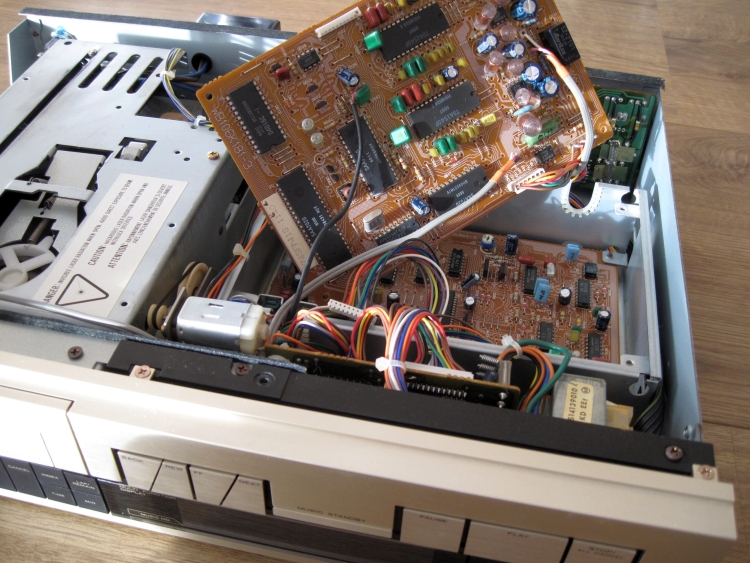
Marantz CD player DAC chipset and transport list
The most complete Marantz DAC/Transport Mechanism overview available, courtesy of Vasiltech.
 www.hifi-advice.com
www.hifi-advice.com
Marantz CD 75II
Blog High-Fidelity Stereo. Vintage Audio and Hi-Fi Equipment, info, specifications, descriptions,

Marantz CD 75 II Special Edition CD Player Philips CDM-1 MK II TDA1541A chip set like Philips CD880
Everything works as it should.It featured one of the best Philips CDM-1 MK II deck , Philips TDA1541A and SAA7220P/B DAC chip set , the same configuration used in the famous Philips CD880.This player is Made in Belgium and is the Limited ``Special Edition" which has the higher quality Audio grade...
santino
FSU gear head
Thanks for your response! The transport mechanism is a thing of beauty.
I can't believe that after this thread is open for a couple of weeks that no one has tried to adapt the lens assembly to a mirrorless camera!
Now I have to check the basement for my old CD player. Back when they cost real money.
Dating ourselves... My Dual 1249 died. But my Sony BoomBox bought in 1988 is still going.
Now I have to check the basement for my old CD player. Back when they cost real money.
Dating ourselves... My Dual 1249 died. But my Sony BoomBox bought in 1988 is still going.
raydm6
Yay! Cameras! 🙈🙉🙊┌( ಠ_ಠ)┘ [◉"]
Now that's an ingenious idea.I can't believe that after this thread is open for a couple of weeks that no one has tried to adapt the lens assembly to a mirrorless camera!
Now I have to check the basement for my old CD player. Back when they cost real money.
Dating ourselves... My Dual 1249 died. But my Sony BoomBox bought in 1988 is still going.
Be interesting to see what it produces:
Philips CDM1 mkII cdmechanism - DutchAudioClassics.nl
DutchAudioClassics.nl - Photos and information of classic Marantz & Philips cd-players
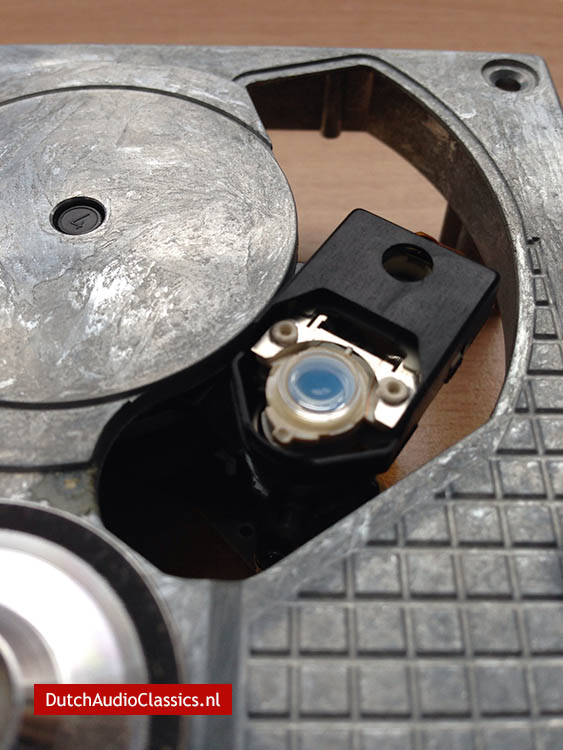
The Spastic Image
Established
My Dual 1019 is still in very regular use. Still performs superbly! (Dual is 1967 vintage)I can't believe that after this thread is open for a couple of weeks that no one has tried to adapt the lens assembly to a mirrorless camera!
Now I have to check the basement for my old CD player. Back when they cost real money.
Dating ourselves... My Dual 1249 died. But my Sony BoomBox bought in 1988 is still going.
Share:
-
This site uses cookies to help personalise content, tailor your experience and to keep you logged in if you register.
By continuing to use this site, you are consenting to our use of cookies.

